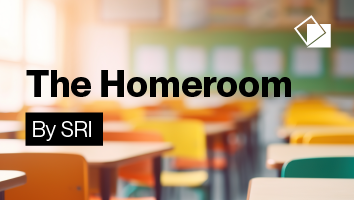Citation
Parker, C. E., Stylinski, C., Bonney, C., Delisi, J., Wong, J., & Doty, C. (2019). Measuring quality technology integration in science classrooms. Journal of Science Education and Technology.
Abstract
Researchers, evaluators, and practitioners need tools to distinguish between applications of technology that support, enhance, and transform classroom instruction and those that are ineffective or even deleterious. Here we present a new classroom observation protocol designed specifically to capture the quality of technology use to support science inquiry in high school science classrooms. We iteratively developed and piloted the Technology Observation Protocol for Science (TOP-Science), building directly on our published framework for quality technology integration. Development included determining content and face validity, as well as the calculation of reliability estimates across a broad range of high school science classrooms. The resulting protocol focuses on the integration of technology in classrooms on three dimensions: science and engineering practices, student-centered teaching, and contextualization. It uses both quantitative coding and written descriptions of evidence for each code; both are synthesized in a multi-dimensional measure of quality. Data are collected and evaluated from the perspective of the teacher’s intentions, actions, and reflections on these actions. This protocol fills an important gap in understanding technology’s role in teaching and learning by doing more than monitoring technology’s presence or absence, and considering its integration in the context of the Next Generation Science Standards science and engineering practices. Its applications include research, evaluation, and potentially peer evaluation.


